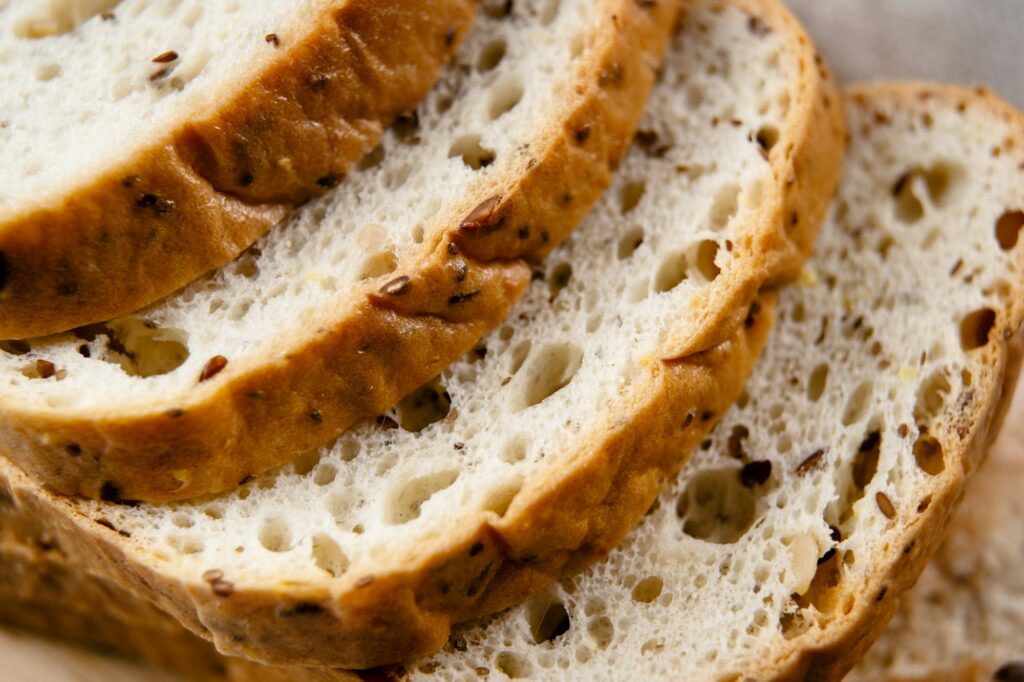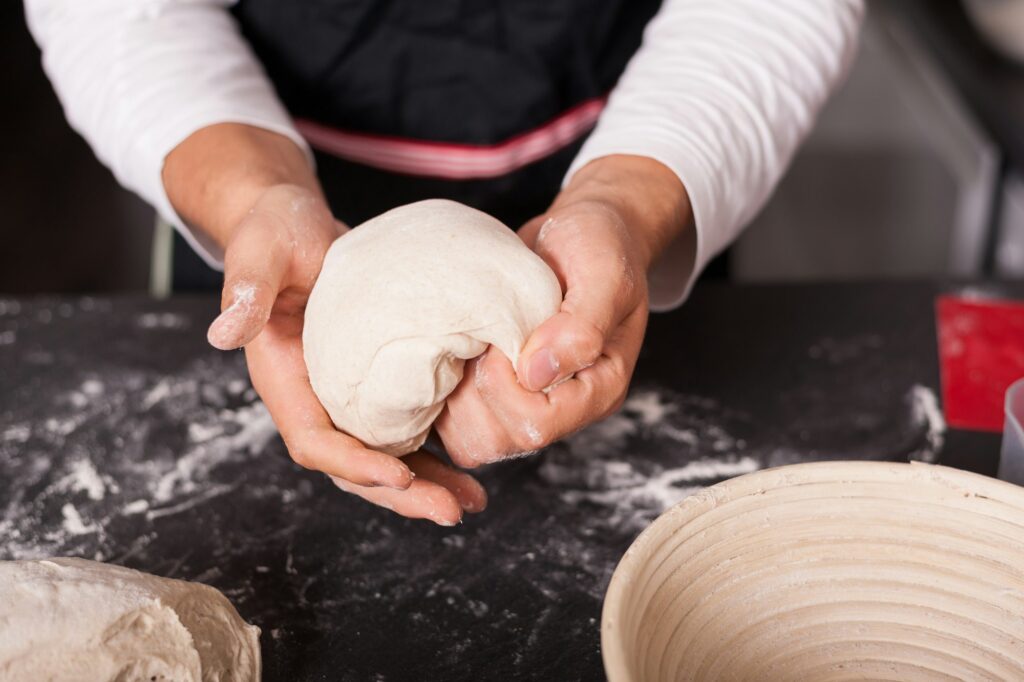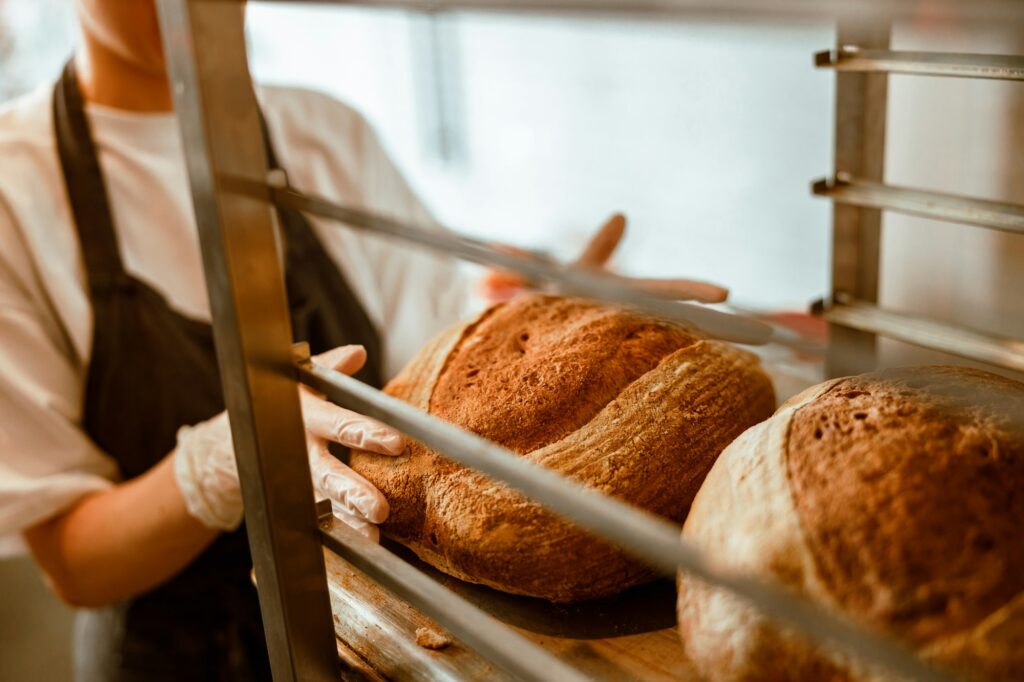In recent years, the art of making sourdough bread at home has witnessed a remarkable resurgence. This revival isn’t just a testament to the timeless allure of homemade bread; it’s also fueled by a growing interest in healthier, more natural food choices. Sourdough, with its tangy flavor and chewy texture, stands at the forefront of this culinary renaissance, captivating both seasoned bakers and novices alike. Yet, as more individuals embark on their sourdough journeys, a pressing question arises: Is it cheaper to buy sourdough bread, or to make it yourself?
This debate isn’t merely about comparing price tags. It delves into the value of homemade bread, considering not only the monetary cost but also the time and effort invested. Through this article, we aim to dissect the cost-effectiveness of making versus buying sourdough bread, offering readers a detailed analysis supported by practical tips and engaging insights. By doing so, we hope to shed light on whether the path to delicious, tangy loaves leads to the bakery or the home oven.
What Makes Sourdough Special?
Sourdough bread’s uniqueness lies in its creation process, fundamentally distinct from that of bread made with commercial yeast. The heart of sourdough is the starter—a fermented mixture of flour and water that houses wild yeast and lactobacilli. These microorganisms are the alchemists behind sourdough’s magic, transforming simple ingredients into bread with a distinct taste and texture.
- Fermentation: This natural process allows the wild yeast to leaven the dough, while lactobacilli impart a signature tangy flavor.
- Health Benefits: Beyond its alluring taste, sourdough offers nutritional advantages. The fermentation process not only makes the bread easier to digest, particularly for those with gluten intolerance, but also enhances the levels of B vitamins and lowers the glycemic index, making it a healthier choice.
These qualities contribute not just to sourdough’s complexity and depth of flavor but also to its appeal as a nutritious alternative to conventional bread. Sourdough’s benefits extend beyond the palate, touching on aspects of health and digestibility that make it a standout choice in the world of bread.
Cost Analysis: Making Sourdough at Home
Delving into the economics of homemade sourdough bread reveals a mix of initial and recurring costs that bakers must consider. The initial investment includes acquiring a sourdough starter—though one can be made with just flour and water—and purchasing basic baking equipment. The latter may range from mixing bowls and scales to more specialized items like Dutch ovens, though many of these tools are standard in most kitchens.
The ongoing expenses of making sourdough at home are primarily for flour, water, and energy for baking. While water costs are negligible, the price of flour can vary widely based on the type and quality chosen. Energy costs, too, depend on the efficiency of one’s oven and the local electricity rates.
However, these monetary considerations only tell part of the story. The time investment and skill development required to master sourdough baking are significant, yet they also offer intangible rewards: the satisfaction of creating something with your own hands and the joy of a freshly baked loaf.
Cost Analysis: Buying Sourdough Bread
When evaluating the cost of purchasing sourdough bread, it’s crucial to consider the artisanal nature of this product. Artisanal sourdough bread from bakeries reflects not just the cost of ingredients but the skill and time of the baker. These breads are typically made from high-quality, often organic, ingredients and involve a lengthy fermentation process that enhances their flavor and nutritional value.
- Average Costs: The price of artisanal sourdough can vary significantly depending on the bakery and its location. Generally, prices can range from a few dollars for a basic loaf to upwards of $10 or more for loaves made with specialty grains or ingredients.
- Factors Influencing Price: The main drivers of cost include the quality of ingredients, the time-intensive processes involved, and the expertise of the baker. Additionally, the scale of production and local market conditions can affect pricing.
Buying sourdough bread from bakeries offers convenience and the opportunity to enjoy a variety of sourdough flavors and styles without the investment in time and baking equipment. However, this convenience comes at a monetary cost, which can accumulate over time, especially for those who consume sourdough bread regularly.
Detailed Comparison
To provide a clearer picture of whether it’s cheaper to buy or make sourdough, let’s break down the costs involved in both processes:
Making Sourdough at Home
- Ingredients: The cost of flour, water, and salt is relatively low, especially when purchased in bulk. Depending on the flour type—be it whole wheat, rye, or a blend—the cost per loaf can vary but generally remains low.
- Energy Costs: Baking a loaf of sourdough bread typically requires about 30 minutes to 1 hour of oven time, which translates into energy costs that can vary based on local electricity rates and oven efficiency.
- Equipment and Starter: While the initial setup can require some investment in equipment, these are mostly one-time purchases. Additionally, a sourdough starter, once established, can last indefinitely with proper care, offering a virtually free leavening agent over time.
Buying Sourdough Bread from Bakeries
- Premium for Artisanship: The cost of bakery sourdough includes not just the ingredients but also the expertise and time of the baker. This can make bakery sourdough significantly more expensive per loaf compared to homemade bread.
- Convenience vs. Cost: While buying sourdough offers convenience and variety, it can become a significant recurring expense for regular consumers.
Beyond Cost: Time, Effort, and Satisfaction
- Time and Effort: Making sourdough at home is a time-consuming process, requiring not just the actual baking time but also feeding the starter, mixing, proofing, and shaping the dough.
- Satisfaction: For many, the act of baking sourdough at home brings a sense of accomplishment and joy that cannot be quantified in monetary terms.
Sourdough at Home: A Comprehensive Guide to Baking vs. Buying
Home Baking vs. Commercial Production
- Environmental Considerations: Explore how home baking can reduce carbon footprint by minimizing packaging and transportation compared to commercially produced bread.
- Sustainability of Ingredients: Discuss the benefits of using locally sourced and organic ingredients for home baking, contributing to a lower environmental impact.
The Role of Sourdough in a Healthy Diet
Nutritional Advantages Over Conventional Bread
- Gut Health and Sourdough: Elaborate on how the probiotics developed during the sourdough fermentation process can contribute to gut health.
- Whole Grains and Sourdough: Discuss the possibility of incorporating whole grains into sourdough, enhancing its fiber content and nutritional profile.
The Cultural and Historical Significance of Sourdough
Sourdough’s Place in World Cuisine
- A Brief History: Provide a historical overview of sourdough bread, tracing its origins and evolution across cultures.
- Sourdough as a Cultural Symbol: Explore how sourdough has become a symbol of artisanal craftsmanship and a return to traditional baking methods.
Personalizing Your Sourdough: Crafting Your Signature Loaf
Transforming your basic sourdough into a signature loaf allows for a blend of creativity and tradition in every bake. By introducing flavor variations and mastering shaping and scoring techniques, you can elevate your sourdough from simply homemade to artisanal quality.
Flavor Variations: Infusing Your Loaf with Personality
To infuse your sourdough with unique flavors, consider these additions:
- Herbs: Incorporate fresh or dried herbs like rosemary, thyme, or basil for a fragrant touch. Herbs not only add flavor but also make each loaf visually appealing.
- Cheeses: Fold in cubes or shreds of cheese such as cheddar, Gruyère, or feta. The cheese melts during baking, creating pockets of flavor and a beautiful crust.
- Nuts and Seeds: Enhance the texture and taste by adding walnuts, pecans, sunflower seeds, or flaxseeds. These ingredients contribute to a nutritious and satisfying crunch.
- Dried Fruits: For a sweet contrast, mix in dried cranberries, apricots, or figs. These elements introduce a subtle sweetness and chewy texture, perfect for breakfast loaves.
Incorporating these ingredients not only personalizes your sourdough but also expands its pairing possibilities with meals, making every slice a delightful experience.
Shaping and Scoring: The Artistic Touch
Shaping and scoring your dough are essential steps in achieving a loaf that’s as beautiful as it is tasty.
- Shaping: Beyond the traditional round (boule) or oblong (bâtard), try shaping your dough into decorative forms such as braids or rolls. The shape influences the crust-to-crumb ratio and can turn a simple loaf into a centerpiece.
- Scoring: With a sharp blade or lame, score the top of your loaf in patterns that allow for artistic expression and proper expansion in the oven. From simple slashes to intricate designs, scoring not only serves a functional purpose but also adds a unique signature to your bread.
Experimenting with these flavor variations and shaping and scoring techniques encourages personal expression through baking. It transforms the process into an art, where each loaf tells a story of creativity and passion. Whether you’re a seasoned baker or new to the sourdough scene, these tips will help you craft loaves that are not only delicious but also distinctly yours, enhancing the joy of sharing them with friends and family.
Sourdough Bread Baking as a Hobby
Building Community and Well-being
- The Social Aspect of Sourdough Baking: Highlight how sharing sourdough starters and bread can foster community connections and friendships.
- Mental Health Benefits: Discuss the therapeutic aspects of baking, including mindfulness and stress relief.
Future Trends in Sourdough Baking
Innovations and Evolving Techniques
- Technological Advances: Look into how new technologies and platforms (like baking forums and social media) are changing the way people learn about and share their sourdough baking experiences.
- The Rise of Sourdough Startups: Examine emerging trends, such as subscription-based sourdough starters and online marketplaces for artisanal bread.
By incorporating these additional sections, the article will not only answer the initial question of cost-effectiveness but also offer a holistic view of sourdough bread’s role in our diets, cultures, and communities. This comprehensive approach ensures that readers are well-informed about all aspects of sourdough bread, making the article a valuable resource for anyone interested in this beloved culinary tradition.
FAQs Section
Q: Is making your own sourdough cheaper than buying it?
A: Making your own sourdough bread at home can indeed be cheaper than buying it, especially when considering the long-term costs. Homemade sourdough primarily requires flour, water, and salt, which are relatively inexpensive, especially if bought in bulk. The energy costs for baking and the initial investment in a sourdough starter or baking equipment can vary but generally are lower compared to the recurring cost of buying artisanal sourdough from a bakery. However, the time and effort required for home baking should also be considered as part of the “cost.”
Q: What are the health benefits of sourdough bread?
A: Sourdough bread is celebrated for its health benefits, which include:
- Easier digestion due to the fermentation process, which breaks down gluten making it more digestible, especially for those with gluten sensitivities.
- Higher levels of B vitamins and antioxidants, as the fermentation process enhances the nutritional profile of the bread.
- A lower glycemic index, which means it has a lesser impact on blood sugar levels, making it a healthier option for people with diabetes or those looking to manage their blood sugar.
Q: How do I store sourdough bread?
A: Storing sourdough bread properly can help extend its shelf life and maintain its quality. Here are a few tips:
- For short-term storage (a few days), keep the bread in a bread box or wrapped in a cloth bag at room temperature. This helps to balance moisture and keep the crust crispy.
- For longer storage, sourdough bread can be sliced and frozen, then thawed or toasted as needed. Freezing helps preserve the bread’s texture and flavor without the need for preservatives.
- Avoid refrigerating sourdough bread, as the refrigerator can cause the bread to stale more quickly due to the retrogradation of starches.
Conclusion
In conclusion, while making sourdough bread at home can be more cost-effective in terms of raw ingredients and the long-term use of a starter, it requires a significant investment of time and effort. On the other hand, buying sourdough bread offers convenience and the expertise of professional bakers but at a higher price point.
Ultimately, the choice between making or buying sourdough bread comes down to individual preferences, lifestyle, and values. For those who enjoy baking and have the time to invest in the process, making sourdough at home can be a rewarding and cost-effective option. However, for those who prioritize convenience or enjoy the variety and expertise offered by artisan bakeries, buying sourdough bread may be the preferred choice.
Regardless of the path chosen, sourdough bread remains a delightful and nutritious option for bread lovers, embodying the art of fermentation and the joy of baking. We encourage readers to explore both avenues, perhaps starting with a homemade sourdough adventure, as a way to fully appreciate the artistry and flavor of this beloved bread.



